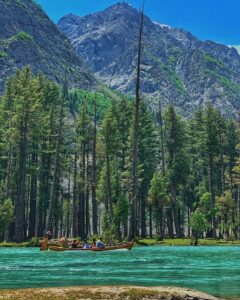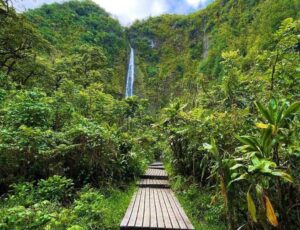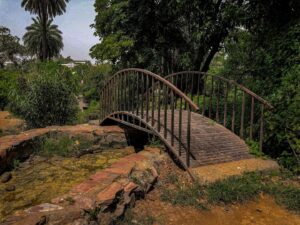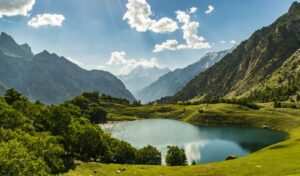Introduction
The Altit Fort, also known as the Khabasi Residence, is an ancient fort located in the Altit town of the Hunza Valley, Gilgit-Baltistan. The fort complex comprises numerous structures, including courtyards, watchtowers, and residential quarters. Small rooms, low doorways, and intricate wood carvings characterize the architecture. The fort offers panoramic views of the surrounding mountains and valleys.
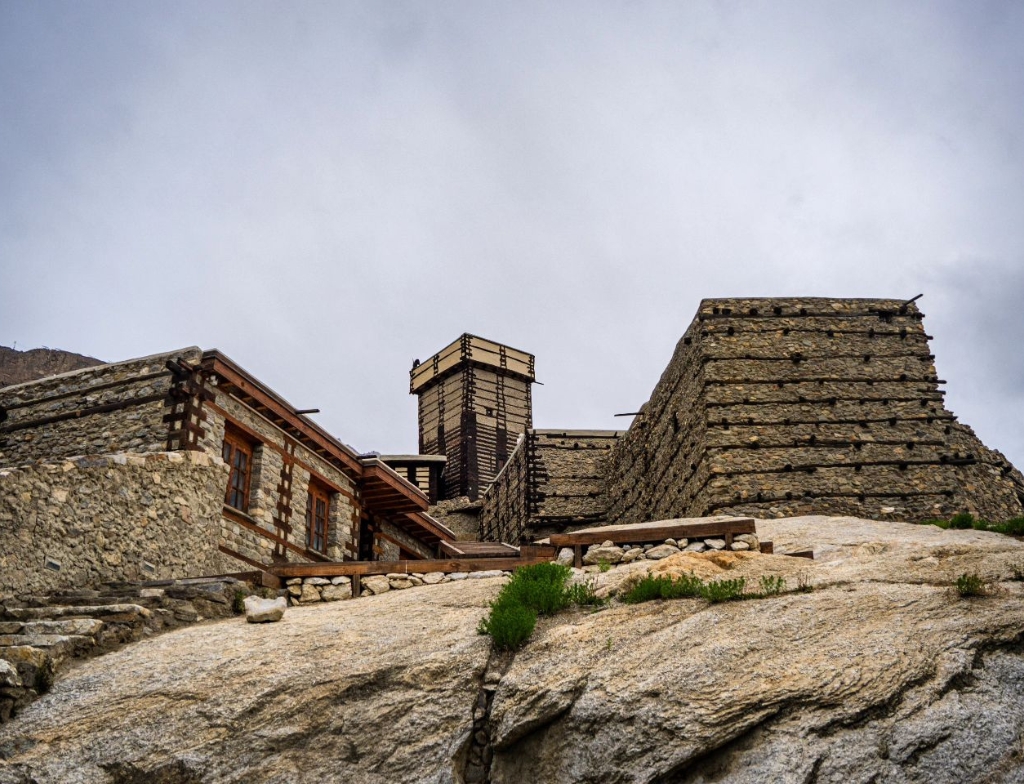
Altit Fort was Built by Which Family?
The Mirs of Hunza, the ruling family of the Hunza built the AltitFort. They used the fort as their residence from the 11th century until the 17th century when they moved to the nearby Baltit Fort. The Mirs played a significant role in the region’s history and wielded considerable power, which it served to represent. It is the most famous place in Hunza Valley.
Altit fort History
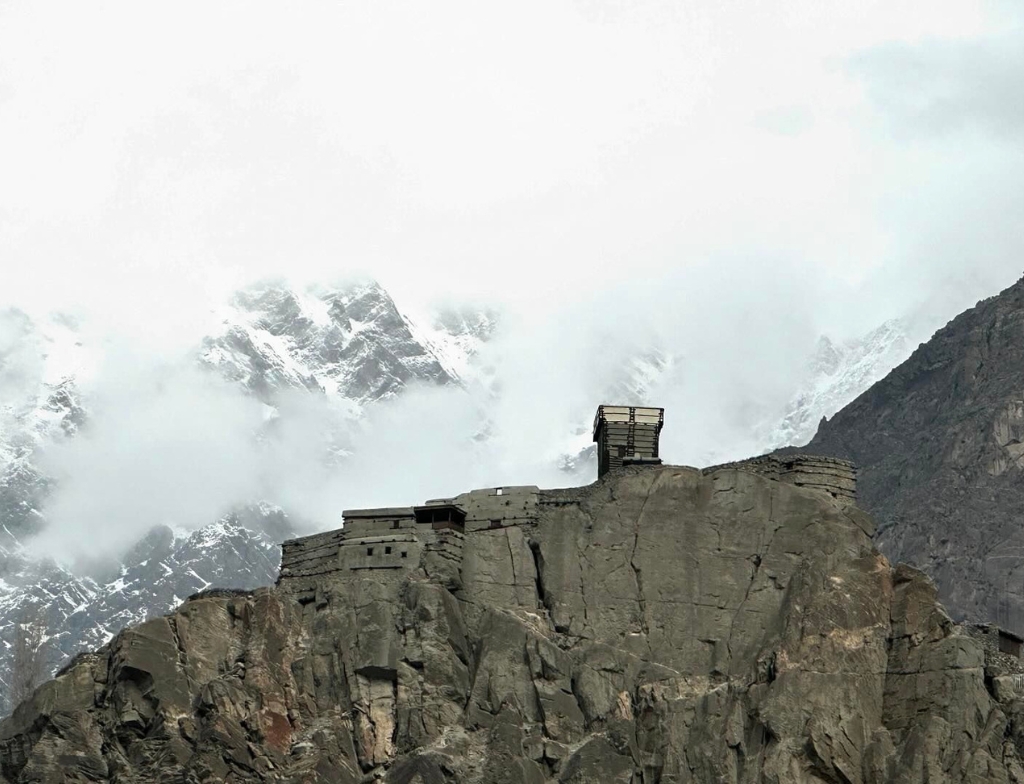
The Mirs of Hunza constructed Altit Fort, which served as their primary residence from the 11th century onwards. The Mirs were the ruling family of the region, wielding significant power and influence. The fort served as a symbol of their authority. It also played a crucial role in defending the Hunza Valley against invaders. In the 16th century, a family dispute among the Mirs led to the construction of the Baltit Fort nearby. The elder brother claimed the newly built Baltit as his residence, while the younger brother remained at AltitFort. This marked a shift in power dynamics, with the Baltit Fort eventually becoming the main residence of the Mirs.
Altit fort Elevation
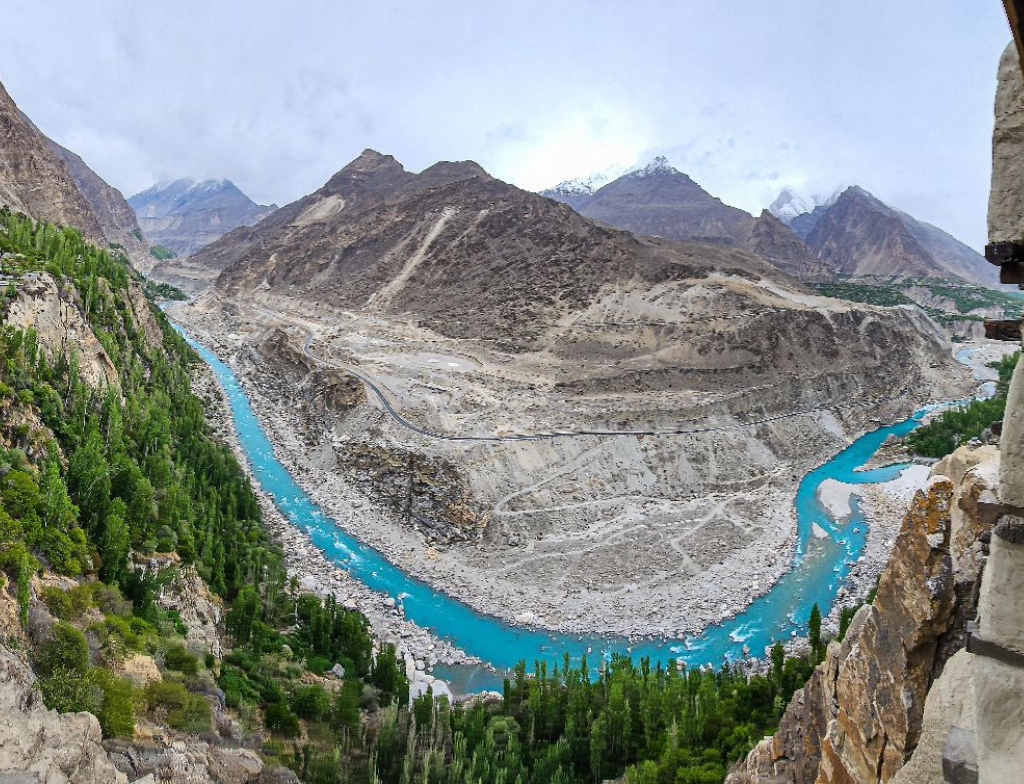
The Altit Fort in Hunza Valley, Pakistan, sits at an elevation of approximately 1,100 meters (3,600 feet) above sea level. This elevation contributes to the region’s unique climate, which can vary slightly from the valley floor. It is one of the Historical Places In Pakistan.
Altit Baltit Fort
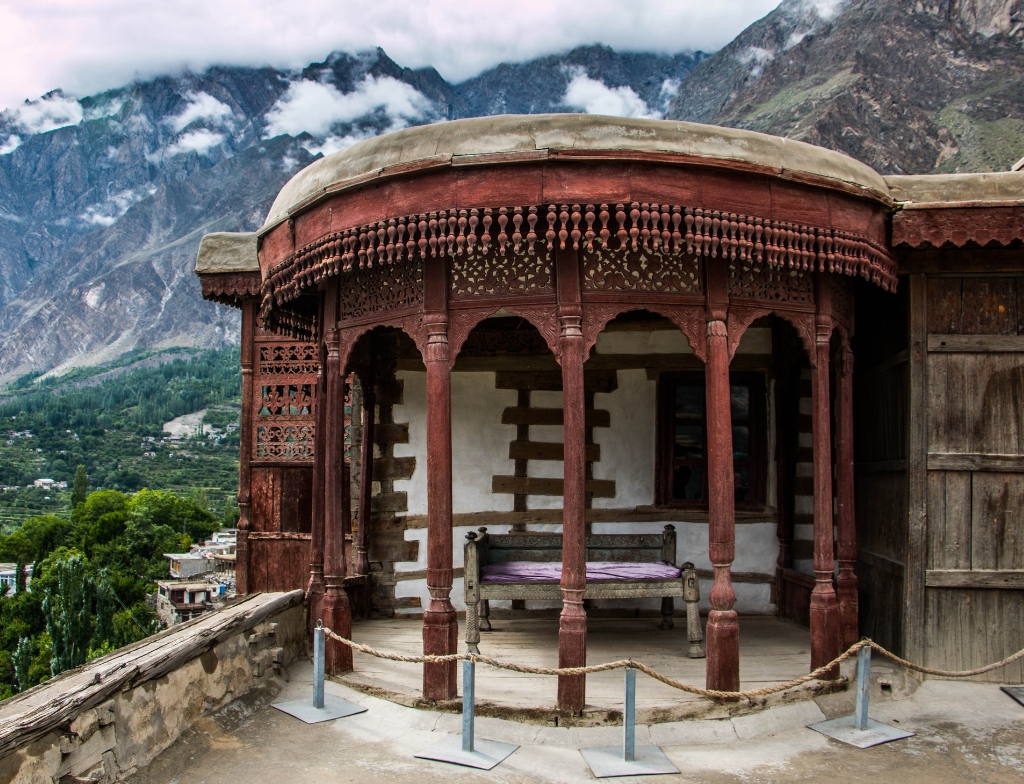
The Altit Fort and Baltit Fort are two historic forts that offer a glimpse into the region’s rich cultural heritage. Both forts were once residences of the Mirs of Hunza, the ruling family of the valley. The Mirs built AltitFort. Baltit Fort was built in the 8th century, it served as the main residence for the Mirs of Hunza after they moved from AltitFort in the 17th century. A UNESCO World Heritage Tentative List site since 2004.
Altit Fort Royal Garden
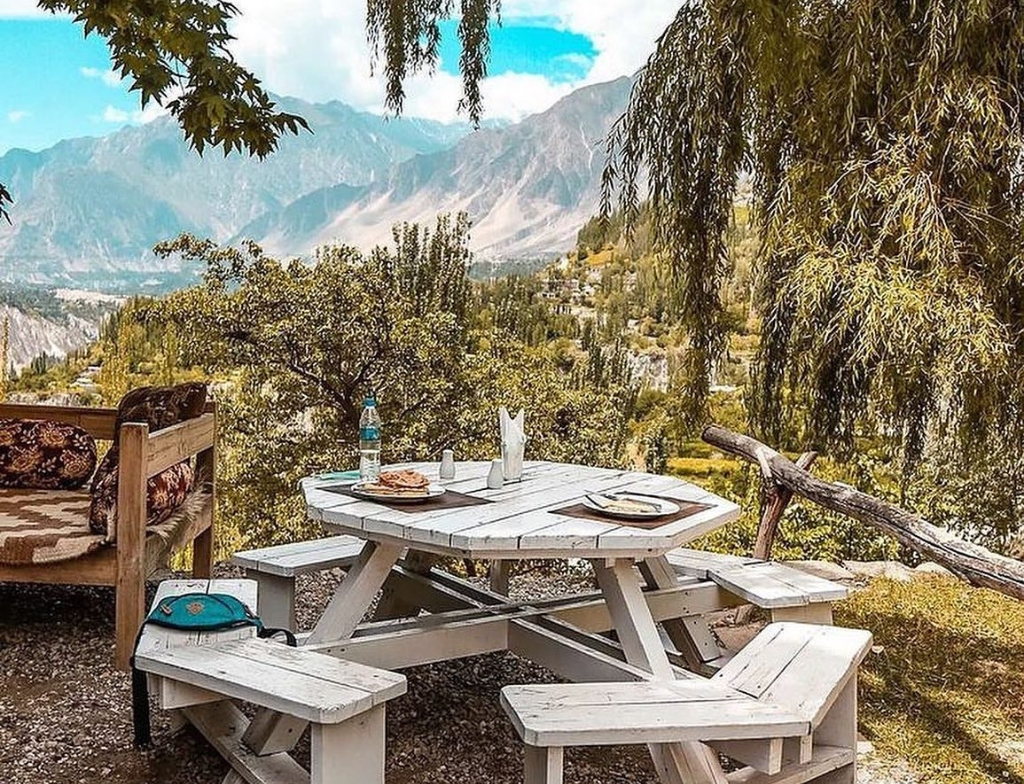
The Fort in Hunza Valley boasts a captivating Royal Garden (also known as Khabasi Garden). The Garden was once the private picnic spot of the Mirs. It served as a place for relaxation and leisure, providing a scenic escape from the fort’s administrative duties. Today, the Royal Garden is an integral part of the AltitFort complex and is open to visitors exploring the fort. The garden is renowned for its abundance of fruit trees, with apricot trees being particularly prominent. Other fruit trees you might encounter include peach, apple, and mulberry.
Shikari Tower
The Shikari tower, part of the fort, is considered the oldest surviving monument in the entire Gilgit-Baltistan region, dating back to around 1100 AD. The tower might have been used for hunting purposes, with the name “Shikari” translating to “hunter” in Urdu and Hindi. However, this use is not definitively confirmed.
How old is Altit Fort?
Altit Fort stands as a symbol of the fascinating history and rich cultural heritage of the Hunza Valley. Its journey from a symbol of power and defense to a thriving tourist destination offers a unique glimpse into the region’s evolution and its enduring cultural legacy.
Altit Fort Museum
Altit Museum is located within the AltitFort complex, this museum showcases various artifacts and exhibits that provide insights into the history and culture of the Hunza Valley. It also exhibits weapons and armor used for defense, highlighting the fort’s historical purpose. Baltit Fort Museum delves deeper into the lives of the Mirs of Hunza and their rule over the region. The museum displays the personal belongings of the Mirs, such as jewelry, clothing, and furniture, offering a glimpse into their royal lifestyle.
Altit fort Weather
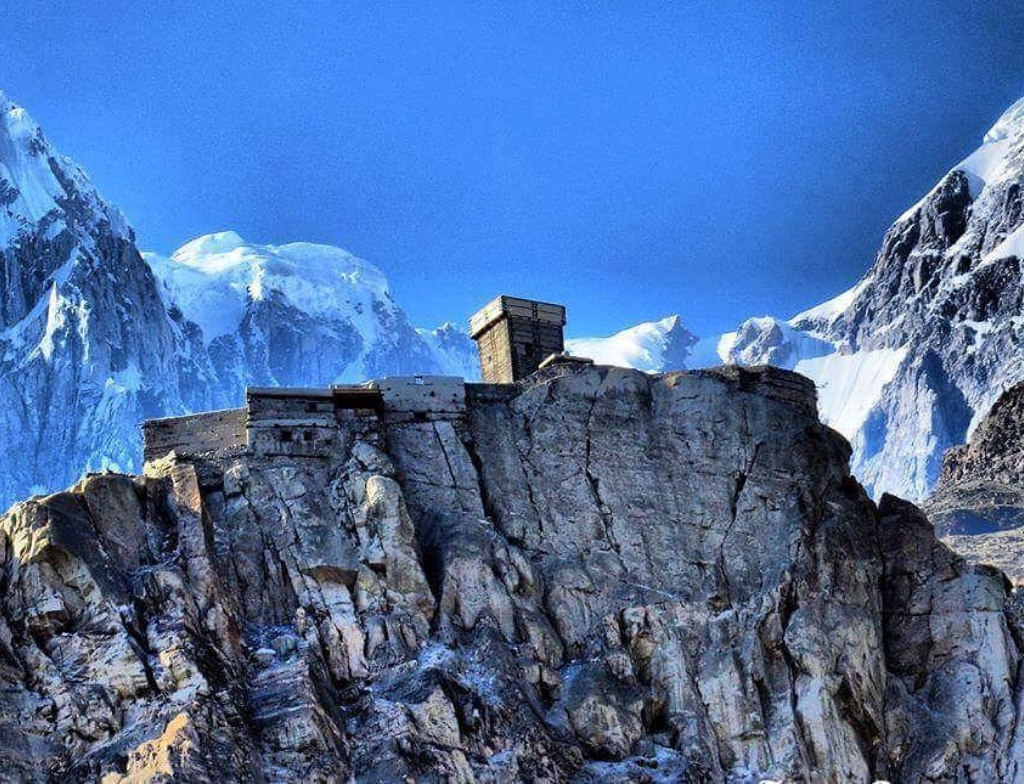
Summer (May to September) is the most popular time to visit, with warm days and average temperatures. Spring can be unpredictable, with occasional snowfall and temperatures ranging from freezing to mild. Autumn brings cooler temperatures, with occasional snowfall at higher altitudes. Winters are harsh, with temperatures reaching -10°C to -20°C (14°F to -4°F) or even lower at higher altitudes. Snowfall is common, making travel challenging.
Best time to visit Altit Fort
While summers (May to September) offer warm and pleasant weather in the Hunza Valley, making it a popular time to visit Altit Fort, it’s not necessarily the absolute best time for everyone. The best time to visit Altit Fort depends on your individual preferences and priorities. If you prioritize warm weather, outdoor activities, and seeing the valley at its most vibrant, then summer might be suitable. However, if you prefer a less crowded experience and can tolerate slightly cooler temperatures, spring or autumn could be ideal options.
Altit Fort Map
https://maps.app.goo.gl/AyVzJ6Wb5VQP3mD87
Altit Fort Distance From Different Cities
Distance from Islamabad
The distance from Islamabad is approximately 690 kilometers along Hazara Motorway/M-15 and N-35. It takes about 13 hours and 57 minutes to drive.
Altit Fort to Khunjrab Distance
The distance from Khunjerab Pass is approximately 123 kilometers along N-35. It takes about 2 hours and 33 minutes to drive.
Altit Fort Hotel
There are several hotels located in the nearby town of Karimabad, Hunza Valley, Pakistan, which is a short distance from the fort. Here are a few options:
Serena Altit Fort Residence
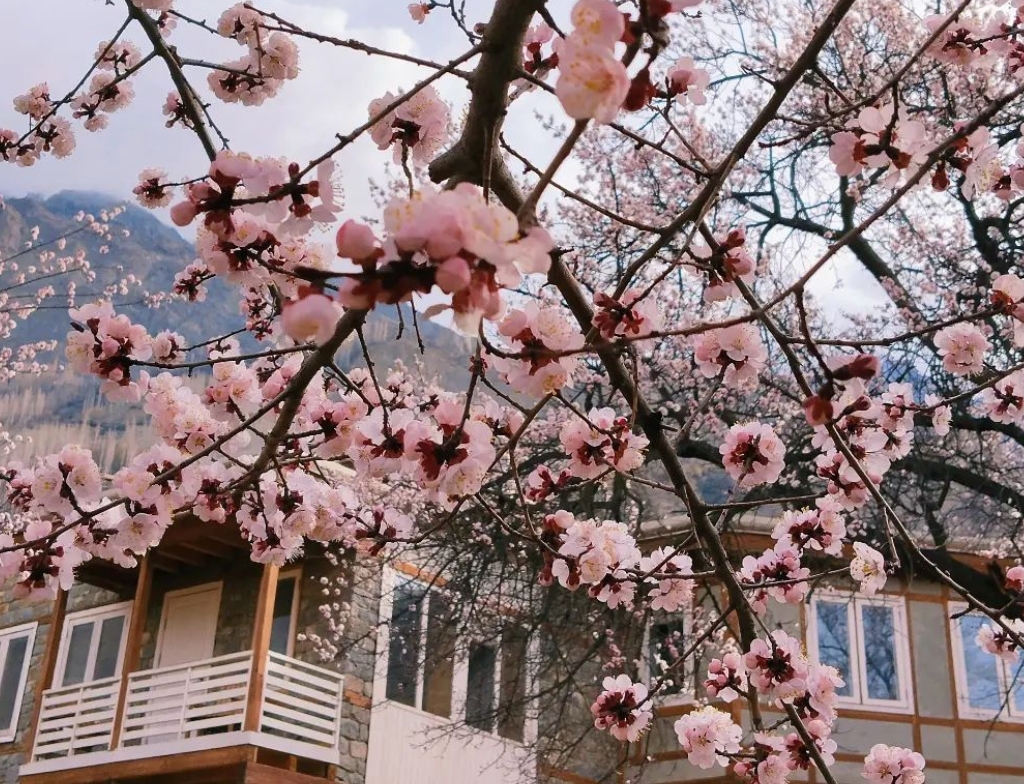
This luxurious hotel is located at the foot of the AltitFort and offers stunning views of the surrounding mountains. It features beautifully appointed rooms and suites, as well as a variety of amenities such as a spa, swimming pool, and fitness center.
Hunza Gateway Hotel
This mid-range hotel is located in the heart of Karimabad and offers comfortable accommodations and friendly service. It is a good option for travelers on a budget.
Conclusion
Exploring the AltitFort allows you to immerse yourself in the rich history and cultural legacy of the Hunza Valley, appreciate the architectural heritage and craftsmanship, enjoy breathtaking views of the surrounding mountains and valleys, and gain a deeper understanding of the lives of the Mirs of Hunza and their influence on the region.


